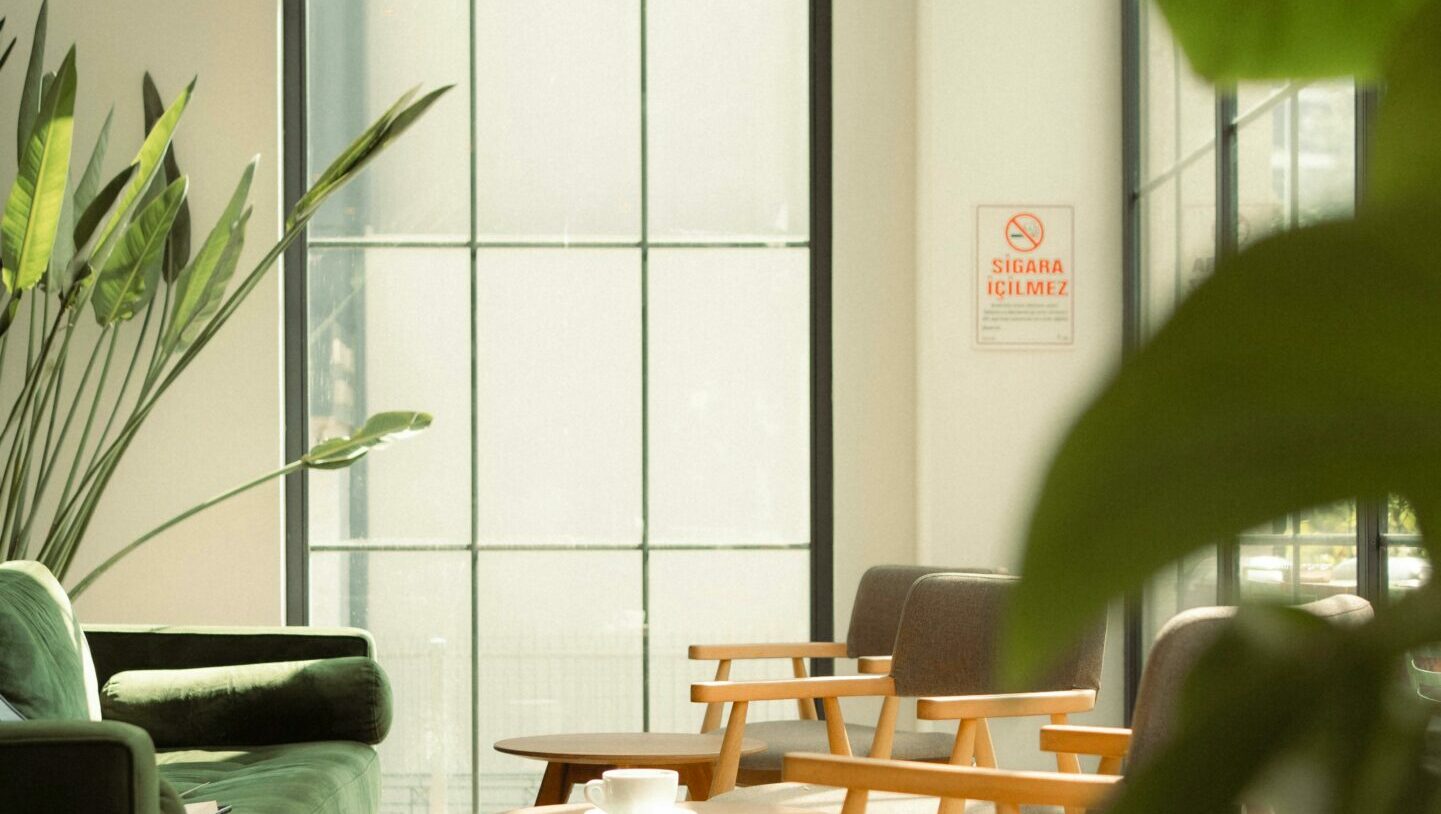Pet-safe houseplants that thrive in apartments
Pets chew, paw, and explore. Plants sit right in their path. If you share a small U.S. apartment with a cat or dog, you need an Apartment plant guide for pet parents that balances looks, safety, and air quality. The ASPCA lists over 1,000 toxic species, and the Pet Poison Helpline says houseplants factor into about 10% of poisoning cases. At the same time, many folks want cleaner indoor air and calming greenery. The good news is simple. With smart choices and a few practical placement tricks, your home can be green and pet friendly.

How to choose pet-safe houseplants
Start with safety, not style. Pull up the ASPCA toxic and non-toxic plant database, then make a short list before you shop. Note your light levels by watching a room at different times of day. North-facing windows and interior rooms usually mean low light. Measure your space too, because a plant that grows to the ceiling will not stay tucked behind a sofa. In apartments, shelves, wall brackets, and corner stands create height without eating floor space.
Balance function with upkeep. If you want help with air quality, look at species shown to reduce toxins in lab tests, then pair them with good ventilation and cleaning. Choose pots with drainage and use potting mixes that dry evenly to avoid gnats, which can attract curious pets. As a contractor, I also advise anchoring tall planters or using wide, stable bases so a leaping cat does not topple a pot.
Toxic vs non-toxic indoor plants for pets
Some popular plants are not pet friendly. Lilies are dangerous for cats. Philodendron and pothos contain insoluble calcium oxalates that can cause oral pain, drooling, and vomiting if chewed. Certain cycads are highly toxic. These are common in stores, so labels alone are not enough. Confirm the exact botanical name before buying, since common names overlap and can mislead.
Non-toxic choices give peace of mind. Spider plant, Boston fern, parlor palm, areca palm, calathea, prayer plant, peperomia, Swedish ivy, and polka dot plant are widely listed as safe for cats and dogs. If a pet nibbles even a safe plant, mild stomach upset is still possible. If you see drooling, pawing at the mouth, vomiting, or lethargy, call your veterinarian or the Pet Poison Helpline promptly. Fast action matters.
List of safe plants for cats and dogs
For a simple start, consider spider plant for arching leaves, Boston fern for soft texture, parlor or areca palm for a classic living room look, and peperomia for compact shelves. Calathea and prayer plant add patterns without risking your pets. Cast iron plant handles tough conditions and is non-toxic. Fittonia, Swedish ivy, and some pileas round out a safe rotation. Always verify the exact species on the ASPCA list before you bring a plant home.
Best air-purifying plants safe for pets
The NASA Clean Air Study found that certain plants can reduce indoor pollutants like formaldehyde and benzene in sealed chambers. In real apartments, plants support but do not replace ventilation and routine cleaning. For pet-safe options with air-helping potential, choose areca palm, bamboo palm, spider plant, and Boston fern. Group plants near airflow, keep leaves dust free, and open windows when possible to boost results.
Low-light pet-safe indoor plants
Low light does not mean no plants. Parlor palm, cast iron plant, calathea, and prayer plant handle dim rooms better than many species and are listed as non-toxic. Peperomia and fittonia do well on shelves away from harsh sun. Spider plants manage medium to lower light and bounce back from the occasional nibble. Rotate pots every few weeks so growth stays even, and avoid overwatering, which is the most common killer in shaded corners.
Tips to keep pets away from plants
Prevention beats an emergency visit. Place plants up high on stable shelves or wall brackets, or inside room dividers that pets cannot climb. Use decorative mesh or stones to cover soil so it is less interesting to dig. Offer cat grass as a legal chew, and keep pets busy with play time to cut boredom. Citrus-based deterrent sprays can help. Train a simple leave-it cue, reward calm behavior near plants, and supervise new setups. In a suspected poisoning, contact your vet or the Pet Poison Helpline and bring the plant ID or a photo.
Bringing plants and pets together is possible with a plan. Start by confirming safety through trusted sources, then match species to your light and space. Favor sturdy pots, smart placement, and basic training. With 30% of U.S. households mixing pets and houseplants and a growing market for pet-safe products, shops are stocking better options. Choose carefully, and your home can stay green, clean, and safe. If you are unsure about a plant, ask a local nursery, check the ASPCA list, or call your veterinarian before you buy.







